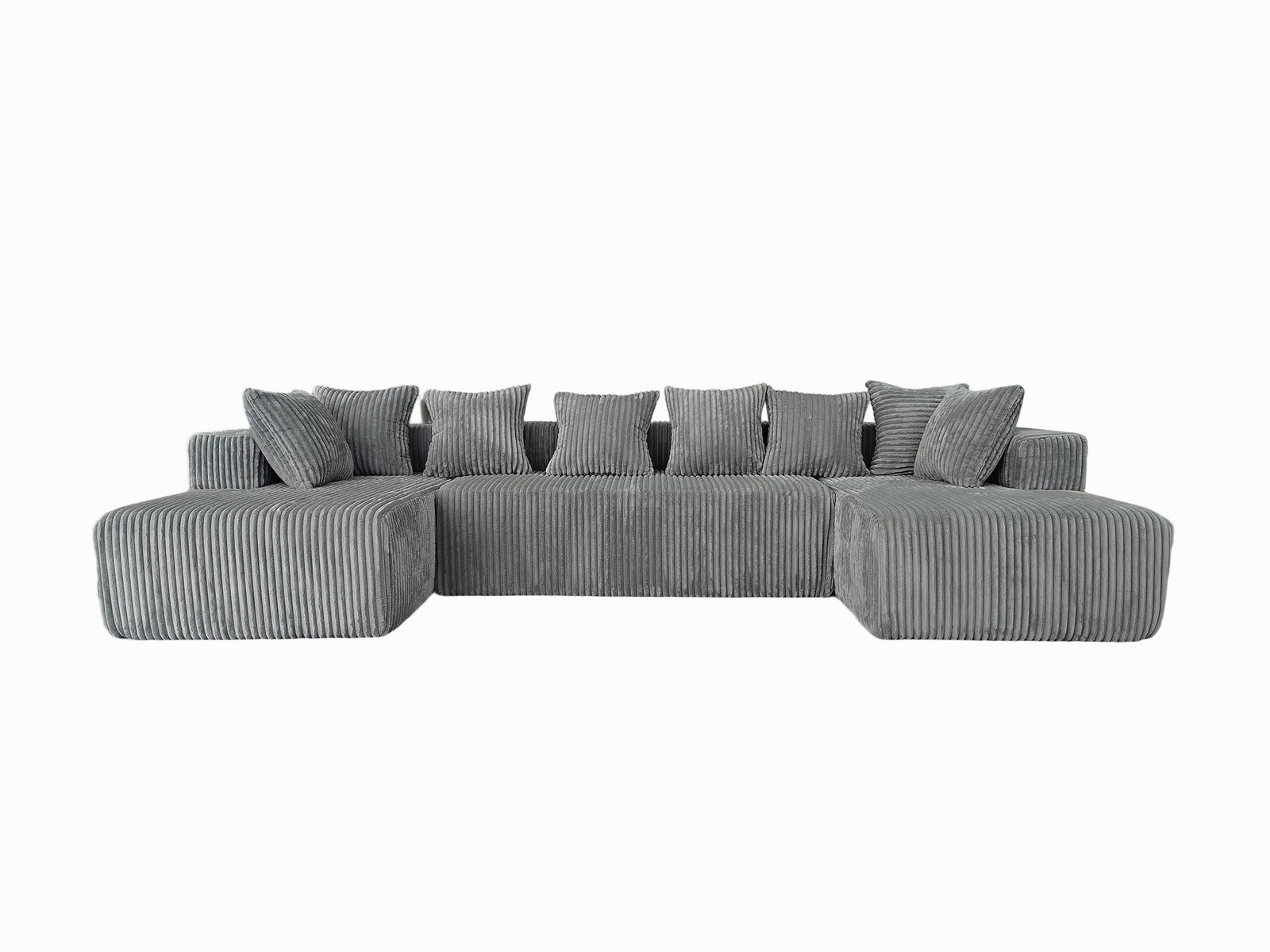
People want sofas that adapt to their space—not the other way around. That’s exactly what modular compressed sofas deliver.
Modular compressed sofa designs allow suppliers to create flexible, customizable, and cost-effective furniture solutions that meet today’s fast-changing consumer needs.
The modular approach is not just a design trend—it's a business upgrade. Here’s why.
What makes modular sofa designs so effective?

Traditional sofas come in fixed sizes. They ship bulky, cost more to store, and don’t adapt easily.
Modular design means building sofas from smaller, interchangeable parts—modules. Each module can function independently or connect to others to form different sofa configurations.
For compressed sofa suppliers, this design offers:
| Benefit | Description |
|---|---|
| Interchangeable parts | One module fits many configurations |
| Simplified logistics | Smaller units compress and ship more efficiently |
| Lower return risk | Damaged parts can be swapped, not the full sofa |
| More design options | Mix & match shapes, fabrics, and add-ons |
| Longer product life | Upgrade individual parts instead of buying new furniture |
These benefits are reshaping how we think about sofa supply, inventory, and customer satisfaction.
Why is modular design more space-efficient?
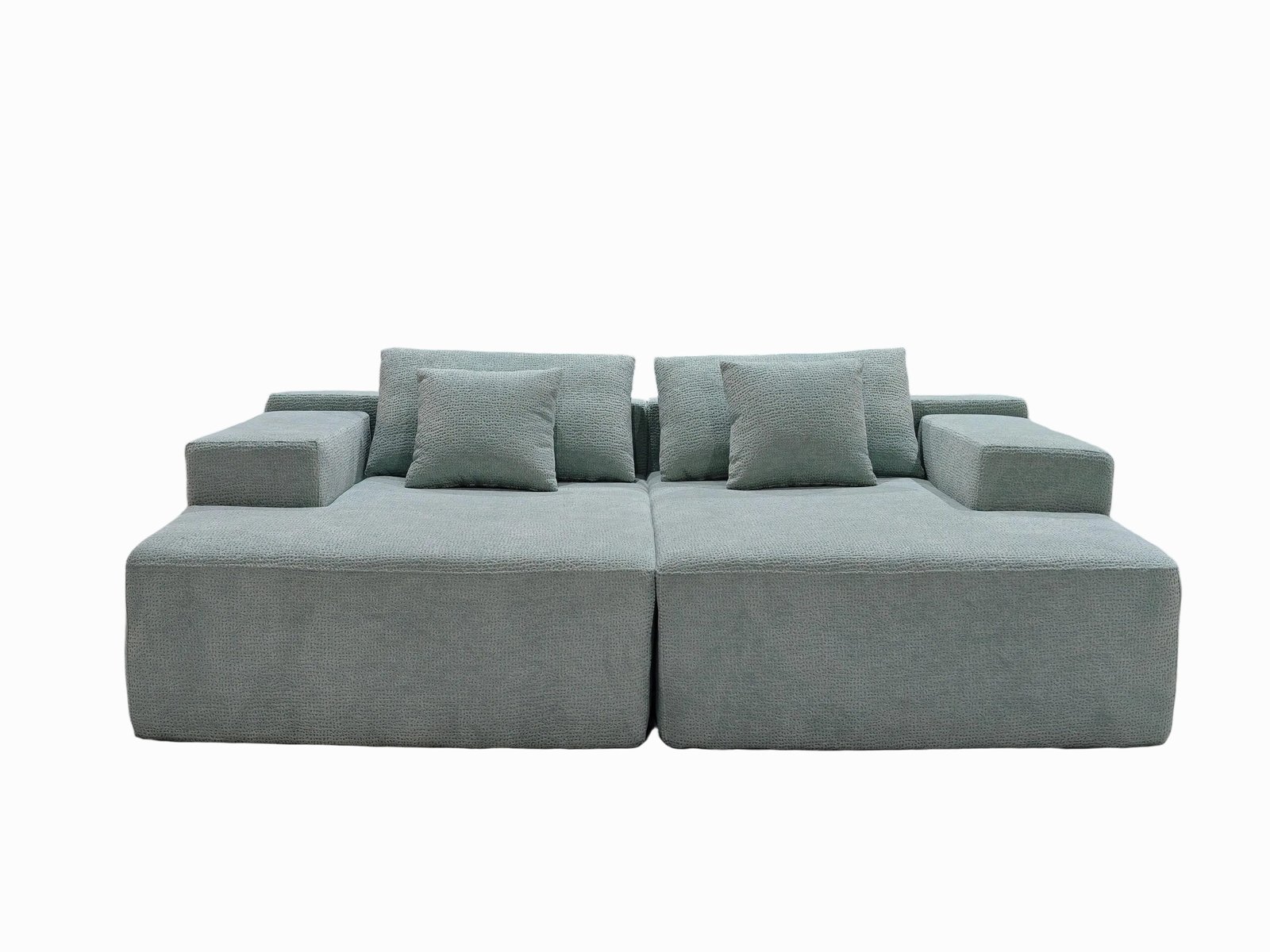
Every supplier understands this: space = cost.
Modular compressed sofas are designed to collapse into compact packages, and their uniform parts stack easily. That means suppliers and retailers can store more product per square meter.
From a warehousing perspective:
- Modular sofas take up 40–60% less volume than traditional sofas
- Inventory can be broken down into smaller SKUs (easier to track)
- Modular packaging reduces damages during transit
For online sellers or drop-shippers, this is a game-changer.
How does modularity improve customer experience?

Today’s customers want furniture that fits their life—not just their room.
Modular compressed sofas can grow with a customer’s needs—add a chaise when they move, split into armchairs for a new layout, or change the upholstery when trends shift.
Scenarios where modular wins:
- Small apartments: start with a two-seater, upgrade later
- Shared rentals: split one sofa into individual chairs
- Moving homes: modules are easier to lift, pack, and reassemble
- Personal style updates: swap in new fabric panels or legs
Customers also enjoy the ease of DIY assembly—no tools, no professionals needed.
Can modular design lower costs for suppliers?
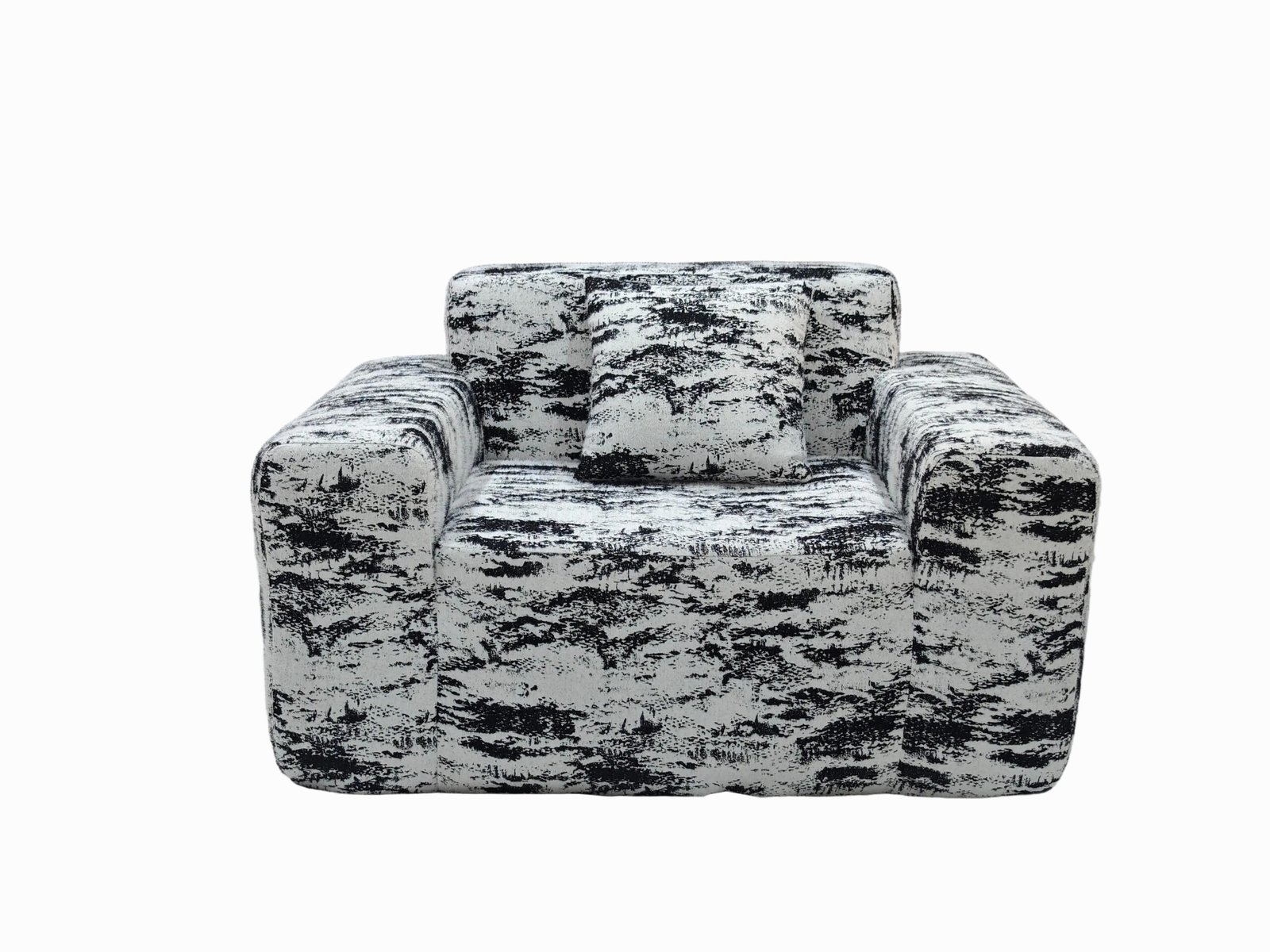
Yes. And in multiple ways.
Modular compressed sofas reduce manufacturing, inventory, and logistics costs by standardizing components across multiple models.
Here’s how it plays out:
| Area | Traditional Sofa | Modular Compressed Sofa |
|---|---|---|
| Manufacturing | Multiple frames needed | Fewer molds, shared modules |
| Shipping | 1 sofa = 1 large box | 1 sofa = 2–3 small stackable boxes |
| Return Handling | Full item replaced | Only the broken module shipped back |
| Inventory Management | High SKU complexity | Fewer SKUs, modular restocking |
Less waste. Lower shipping. Faster production scaling. It’s efficiency across the board.
Is modular design better for sustainability?

Yes—and it’s not just about saving materials.
Modular sofas support circular design: repair, reuse, and recycle individual parts rather than tossing the whole product.
Sustainability wins:
- Replace only damaged or worn modules
- Easier to upcycle parts into new products
- Reduced shipping = fewer emissions
- Modular production uses fewer molds and cuts
Suppliers can also easily introduce eco-friendly materials like FSC-certified wood, recycled foam, and low-VOC fabrics—at the module level, not the whole sofa.
This lets brands experiment without redesigning everything.
Does modularity help suppliers offer more variety?
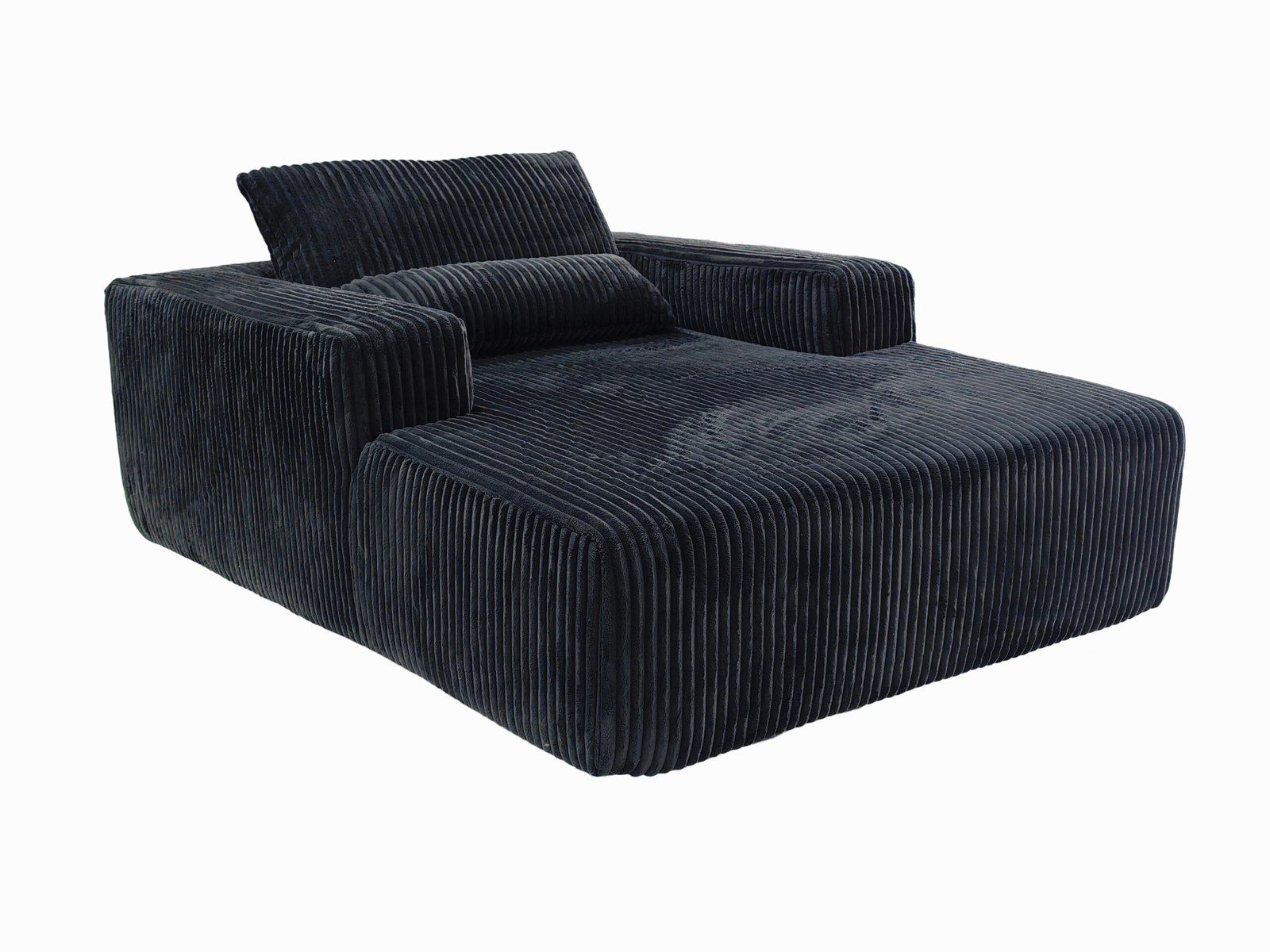
Absolutely.
With just a handful of modules—like a corner, seat, and arm—you can offer dozens of sofa combinations. Add fabric options, and your catalog explodes.
For example:
| Modules | Customizable Features |
|---|---|
| Standard Seat | Foam type, cover fabric |
| Chaise | Length, cushion firmness |
| Armrest | With storage, no arm |
| Backrest | High, low, adjustable |
| Legs | Wood, metal, adjustable |
This means your customers get personalized furniture without you needing massive product lines.
What’s the business advantage for compressed sofa suppliers?
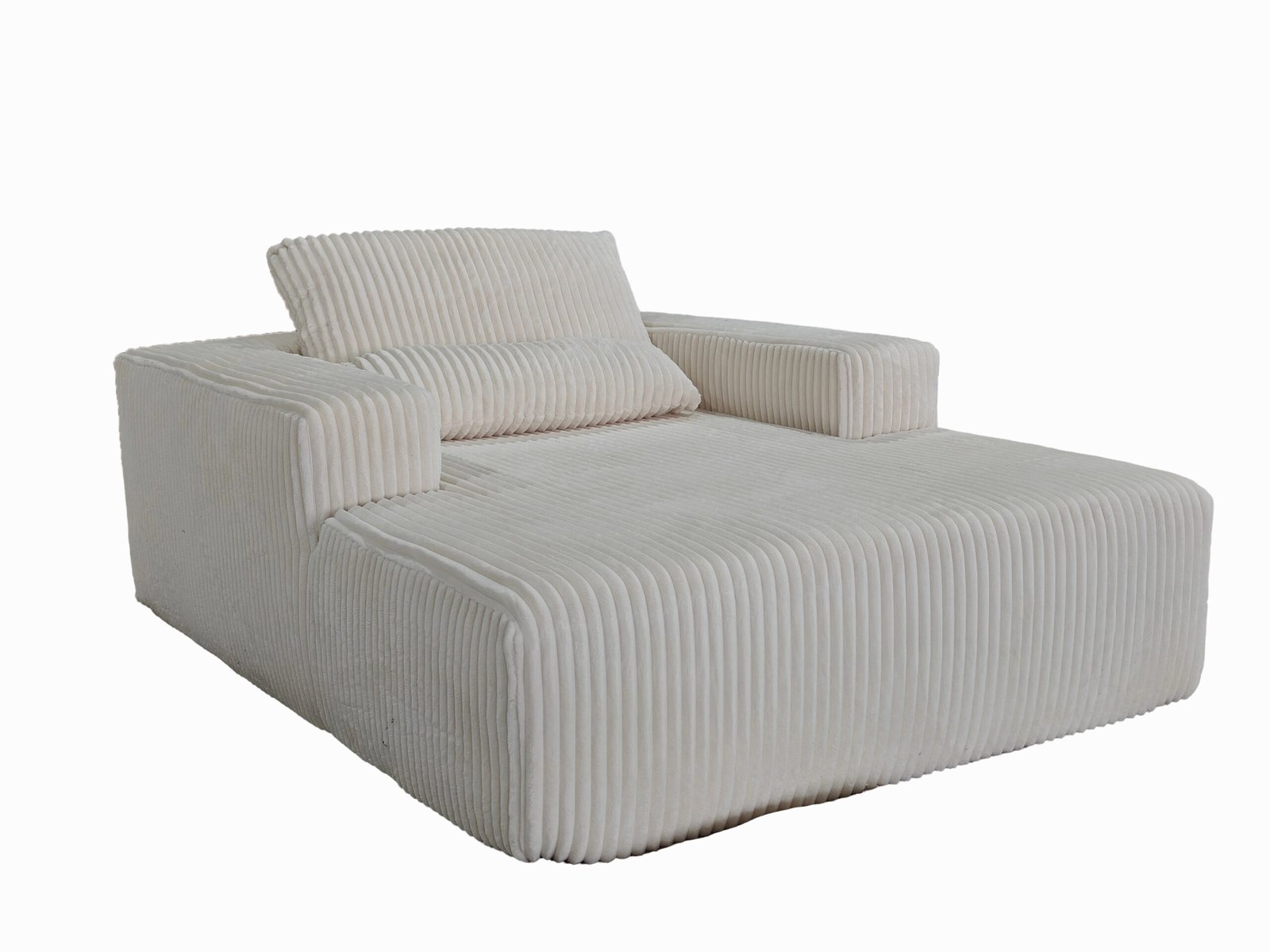
When you embrace modular compressed design, you unlock a faster, leaner, and more flexible business model.
Key takeaways:
- Faster lead times with standardized parts
- Simpler training for assembly and QC teams
- Lower shipping fees, fewer returns
- Broader market reach, including compact homes, mobile housing, and export markets
At HSM, we’ve helped partners reduce warehouse costs by 30% and increase SKU variety by 200%—without changing their factory footprint.
Conclusion
Modular compressed sofa designs aren’t just efficient—they’re smart, scalable, and customer-focused. They lower operational costs, simplify logistics, and offer more choice to end users.
If you’re a supplier who wants to stay competitive, it’s time to go modular.